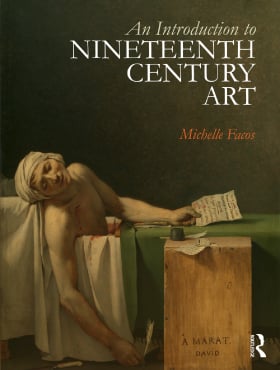Gin-Crazed Girl Commits Suicide
Documentation:
Lynn Nead explains the influence of images such as Cruikshank’s Gin-Crazed Girl :
“Cruikshank represents the mythology of the life and death of the prostitute – the steady downward progress, the guilt and desperation, poverty and homelessness, and the inevitable final scene – the suicide itself – as she throws herself from a bridge into the water of the Thames. What is significant is the way in which representations such as these were received publicly as an accurate reflection of the life of the prostitute. In an article published in the Quarterly Review in the same year that The Drunkard’s Children was issued, the question of reclamation and the fallen woman was considered. Referring to the mortality rate amongst London prostitutes the author declared:
Every reader of the newspapers knows well what a multitude of suicides thin every year the ranks of these unhappiest of all human creatures. Month after month, and week after week, the terrible truth of Hood’s verse (and we may now add, of George Cruikshank’s tragic pencil) is realized.
Thomas Hood’s poem The Bridge of Sighs (published in Hood’s Magazine, May 1844) and Cruikshank’s prints are called forth as evidence of the high rate of suicide amongst prostitutes. Through this mechanism, a certain set of beliefs is received as a set of facts. The illustrations assume the status of truth, they are ‘read’ as a description of the actual fate of the prostitute and ensure the perpetuation of the myth.”
Lynn Nead, “The Magdalen in Modern Times: The Mythology of the Fallen Woman in Pre-Raphaelite Painting,” Oxford Art Journal, vol. 7, no. 1 (1984): 32.
About the Artist
Died: London, 1 February 1878
Nationality: English

 Buy the Book
Buy the Book